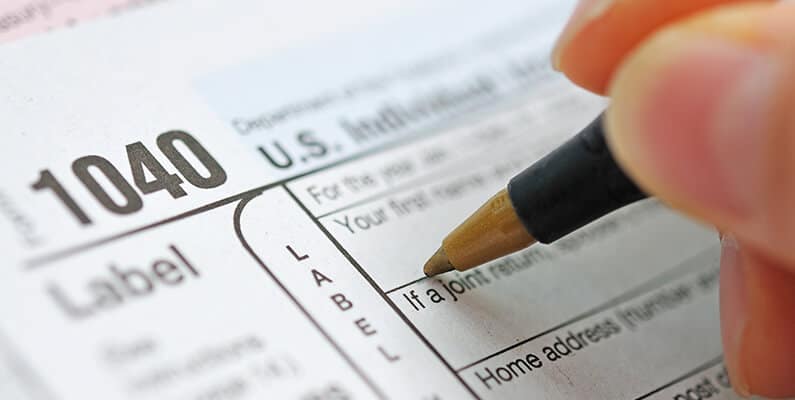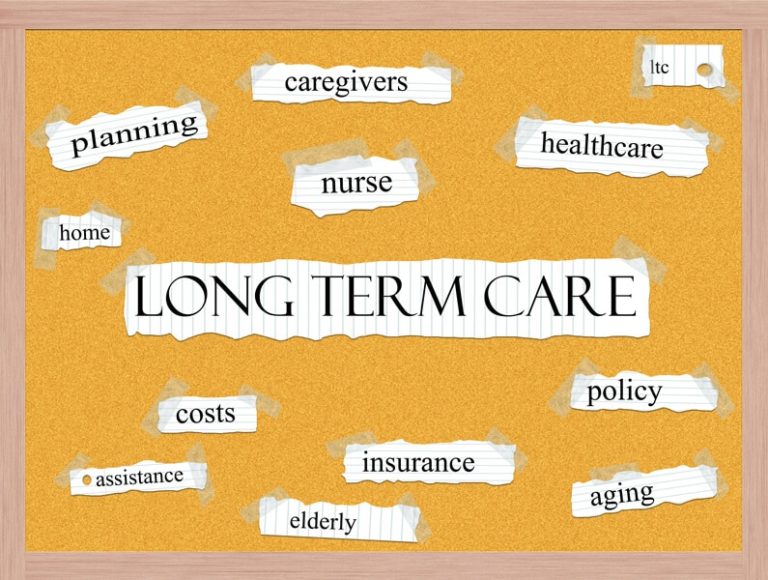We’re proud to assist seniors, their families, and close family friends in accessing long-term care. Leveraging our years of research and know-how, we’ve put together this blog series to explore many different and nuanced options for paying for long-term care.
In our last post, we looked at the Jumbo Reverse Mortgage as the fourth option for paying for long-term care. This week, we’re considering how to utilize Tax Deductions for Qualified Medical Expenses as the fifth way to pay for long-term care.
How Do Tax Deductions Work with Medical Expenses?
If seniors’ medical expenses exceed 10% of their adjusted gross income (AGI), fortunately they may be able to deduct any unreimbursed medical expenses. To help expand the imagination for what this 10% might include, the IRS dictates that medically deductible expenses can include fees paid to medical doctors, dentists, and surgeons. Other deductible expenses include eye-related costs — including eyeglasses, contacts, and prescription drugs — expenses related to in-patient hospital stays, and fees paid to nursing homes for medical reasons. Finally, health insurance and long-term care are also included in these expenses.

What are Some Advantages to Tax Deductions to Pay for Long Term Care?
One clear advantage of utilizing tax deductions is its simplicity. As an example, if your AGI is $80,000, 10% is equivalent to $8,000 in potential tax deductions. Ultimately, we do recommend discussing tax deductions with a tax preparer or CPA, as they can calculate whether it is best to take the standard deduction or to itemize for medical expenses, mortgage interest, and state and local taxes. Other possibilities abound for those families with a senior in their care. For example, if you claim your parents as dependents on your income taxes, you may be able to deduct medically necessary long-term care expenses related to their care. While the 10% threshold would still apply, any nursing home payments may still qualify based on the level of care.
What are the Drawbacks of Utilizing Tax Deductions to Pay for Long Term Care?
One drawback of attempting to utilize tax deductions to pay for long term care could simply be not having enough medical expenses to make a discernible difference in terms of tax impact. Another drawback includes the need to consult a tax professional to determine what are the most advantageous tax options available to your family. Ultimately, though, utilizing tax deductions can be a very effective strategy for helping to pay for long-term care.
In our next post, we’ll explore a sixth option for paying for long-term care and consider the pros and cons of that particular way to pay. Don’t miss it.
Need help paying for skilled nursing or at-home care? Download our entire “11 Ways To Pay for Long-Term Care” booklet, and share it with your entire family.
View More from the 11 Ways to Pay for Long-Term Care Series:
11 Ways to Pay for Long-Term Care: #11 Medicaid Planning
11 Ways to Pay for Long-Term Care: #10 Charitable Remainder & Medicaid Disability Trust
11 Ways to Pay for Long-Term Care: #9 Viatical or Life Settlement
11 Ways to Pay for Long-Term Care: #8 Leveraging the Cash Value of Life Insurance
11 Ways to Pay for Long-Term Care: #7 Family Friends & Service Clubs
11 Ways to Pay for Long-Term Care: #6 Children of the Parents
11 Ways to Pay for Long-Term Care: #5 Tax Deductions
11 Ways to Pay for Long-Term Care: #4 Jumbo Reverse Mortgage
11 Ways to Pay for Long-Term Care: #3 HELOC
11 Ways to Pay for Long-Term Care: #2 Reverse Mortgage
11 Ways to Pay for Long-Term Care: #1 Long-Term Care Insurance




